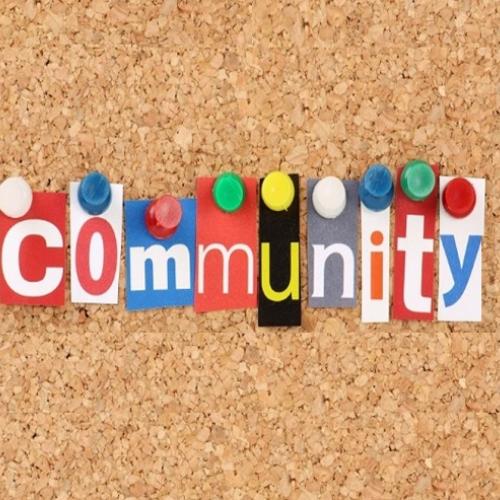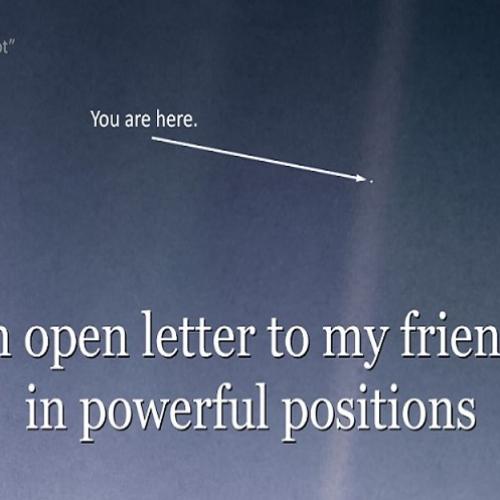
In the time crunch and pressure that surrounds most business leaders these days, it’s easy to understand why taking the time to publicly praise great performance gets put to the bottom of the to-do list. But in skipping over that activity, leaders miss out on one of the great levers of human nature.
I was reminded of this point (oddly enough) by “The Upside of a Demotion from Jack Welch,” a FINS interview with GE Chief Technology Officer Mark Little. One passage, in particular, caught my eye:
“When I was very young, we were at a management training session, and I saw [Jack Welch] in a circle of 25 people. He saw a young guy across the way, he stopped the discussion and said, “Hey, I heard you did this, that’s the greatest thing,” and he went on for two minutes praising this kid, for what felt like an endless amount of time. And this kid’s face lit up like a beacon because he had the CEO of GE praising him.
Calling attention to a person’s good performance in a public, emphatic way is a very meaningful thing. The other side was he could give a kick in the ass that could really be felt. He taught me that when you’re praising people, do it in a strong way and do it for [a] long time, and when you’re kicking someone in the ass, make it hard, but do it quick, do it infrequently.”
While his reputation for candor and “edge” is well-known, Jack Welch also used public praise as a key tool to energize and teach. In my own work, I’ve repeatedly seen the transformative power that praise from a leader can have on individuals and teams when given publicly. It motivates both the person winning praise and the listeners around them. Even more importantly, it has the power to instruct by highlighting behaviors, decisions, and actions that are worthy of emulation.
“I’ve repeatedly seen the transformative power that praise from a leader can have on individuals and teams when given publicly.”
My daughter’s second-grade teacher was an amazing woman named Terry, who retired after 35 years of teaching. Terry was the very model of what you want an elementary school teacher to be—caring and patient, wise and energetic. And in an age when some parents struggle to control their one child in a restaurant, she managed to keep 24 seven-year-olds focused, behaved, and engaged all day in a busy classroom.
Praise was the most effective tool she used. Instead of haranguing the kids to sit back down after an activity, Terry would look at one of the students, already back at her desk, and say something like, “I love the way Hannah is sitting at her desk, looking forward, hands on top and ready to learn.” Right away you could see the other kids look over at Hannah and find a way to match what she was doing. You could almost hear the conversations in their heads—“Hey, Hannah got praised. I want some of that!”
Now I’m not trying to compare folks in corporations to seven-year-olds. (I’ll let you insert your own joke here.) But having watched Terry reminds me that the quick and predictable response to the positive feedback she elicited is driven by basic human nature.
“…the quick and predictable response to the positive feedback she elicited is driven by basic human nature.”
So take the time to point out the good stuff you see happening in your organization. Call people out by name, do it publicly, and take your time in spelling out exactly why what they’re doing is worth emulation. It’s an incredibly effective way to teach, motivate, reward, and engage.






